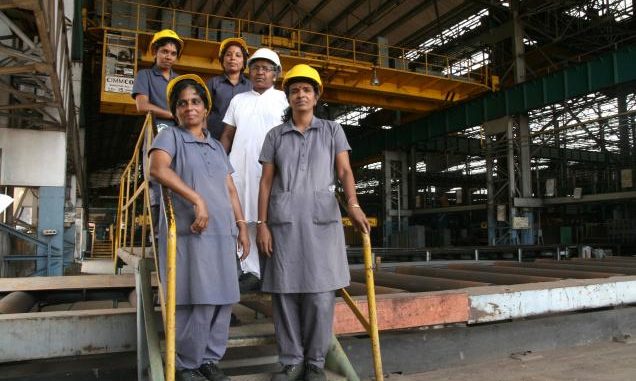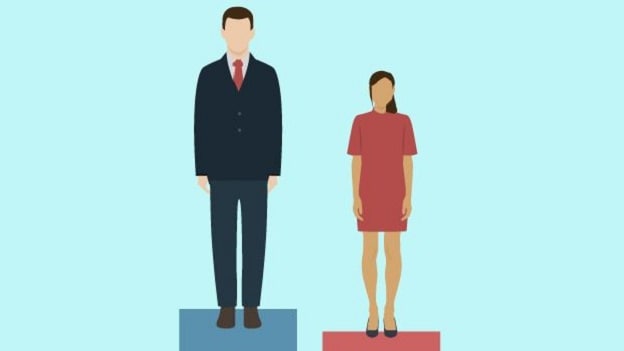
By Drishti Pant
As per the latest human development rankings by the United Nations Development Programme (UNDP), while gender gaps in the early years are closing, inequalities persist in adulthood.

United Nations Development Programme’s (UNDP’s) latest human development rankings released on Friday puts India in the medium human development category.
With a Human Development Index (HDI) value for 2017 at 0.640, India climbed up a spot to rank 130 out of 189 countries.
The positive development in HDI is driven by changes in health, education and income. India’s life expectancy at birth increased by nearly 11 years, with even more significant gains in expected years of schooling. The report said, “Today’s Indian school-age children can expect to stay in school for 4.7 years longer than in 1990. India’s gross national income (GNI) per capita increased by a staggering 266.6% between 1990 and 2017.”
While development schemes like Beti Bachao Beti Padhao and Swachh Bharat, aimed at universalizing school education and healthcare are helping close the gender gaps and boost HDI, gender gap and inequalities still persist in adulthood. When India’s HDI value was discounted for inequality it fell to 0.468, or a loss of 26.8 percent, as per the report.
“India’s HDI has increased tremendously in the last two and half decades. However, we need to focus on inequality and the pockets of deprivation that are dragging the HDI down. Gender inequality is another big issue which adversely affects human development. This inequality is mainly due to the very low economic participation of women in India,” said Francine Pickup, Country Director, UNDP India.
The report highlighted that women hold only 11.6 percent of parliamentary seats and only 39 percent of adult women have reached at least a secondary level of education as compared to 64 percent males. Further, female participation in the labor market is 27.2 percent compared to 78.8 percent for men.
Source: People Matters

Leave a Reply